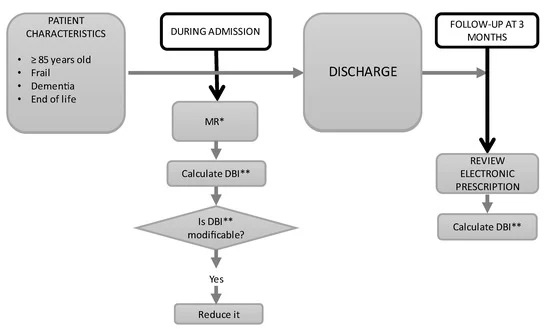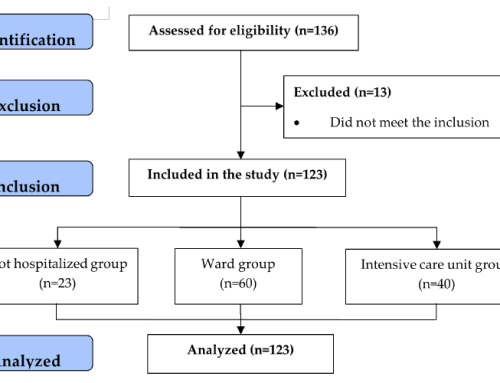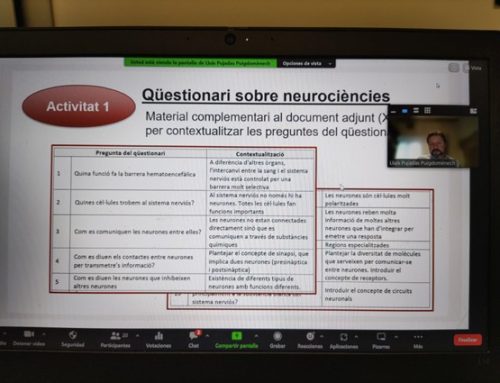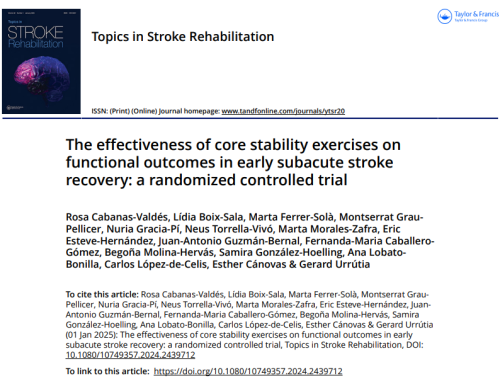
Authors: Mariona Espaulella-Ferrer, Nuria Molist-Brunet, Joan Espaulella-Panicot, Daniel Sevilla-Sánchez, Emma Puigoriol-Juvanteny and Marta Otero-Viñas
Abstract:
(1) Background: Anticholinergic and sedative drugs (ASDs) contribute to negative health outcomes, especially in the frail population. In this study, we aimed to assess whether frailty increases with anticholinergic burden and to evaluate the effects of medication reviews (MRs) on ASD regimens among patients attending an acute care for the elderly (ACE) unit. (2) Methods: A cohort study was conducted between June 2019 and October 2020 with 150 consecutive patients admitted to our ACE unit. Demographic, clinical, and pharmacological data were assessed. Frailty score was determined using the Frail-VIG index (FI-VIG), and ASD burden was quantified using the drug burden index (DBI). In addition, the MR was performed using the patient-centered prescription (PCP) model. We used a paired T-test to compare the DBI pre- and post-MR and univariate and multivariate regression to identify the factors associated with frailty. (3) Results: Overall, 85.6% (n = 128) of participants showed some degree of frailty (FI-VIG > 0.20) and 84% (n = 126) of patients received treatment with ASDs upon admission (pre-MR). As the degree of frailty increased, so did the DBI (p < 0.001). After the implementation of the MR through the application of the PCP model, a reduction in the DBI was noted (1.06 ± 0.8 versus 0.95 ± 0.7) (p < 0.001). After adjusting for covariates, the association between frailty and the DBI was apparent (OR: 11.42, 95% (CI: 2.77–47.15)). (4) Conclusions: A higher DBI was positively associated with frailty. The DBI decreased significantly in frail patients after a personalized MR. Thus, MRs focusing on ASDs are crucial for frail older patients.
Keywords:
frailty; polypharmacy; anticholinergic burden; drug burden index; medication review












[…] – “Medication assessment in an older population during acute care hospitalization and its effect on the anticholinergic burden. A prospective cohort study. https://doi.org/10.3390/ijerph20075322. […]